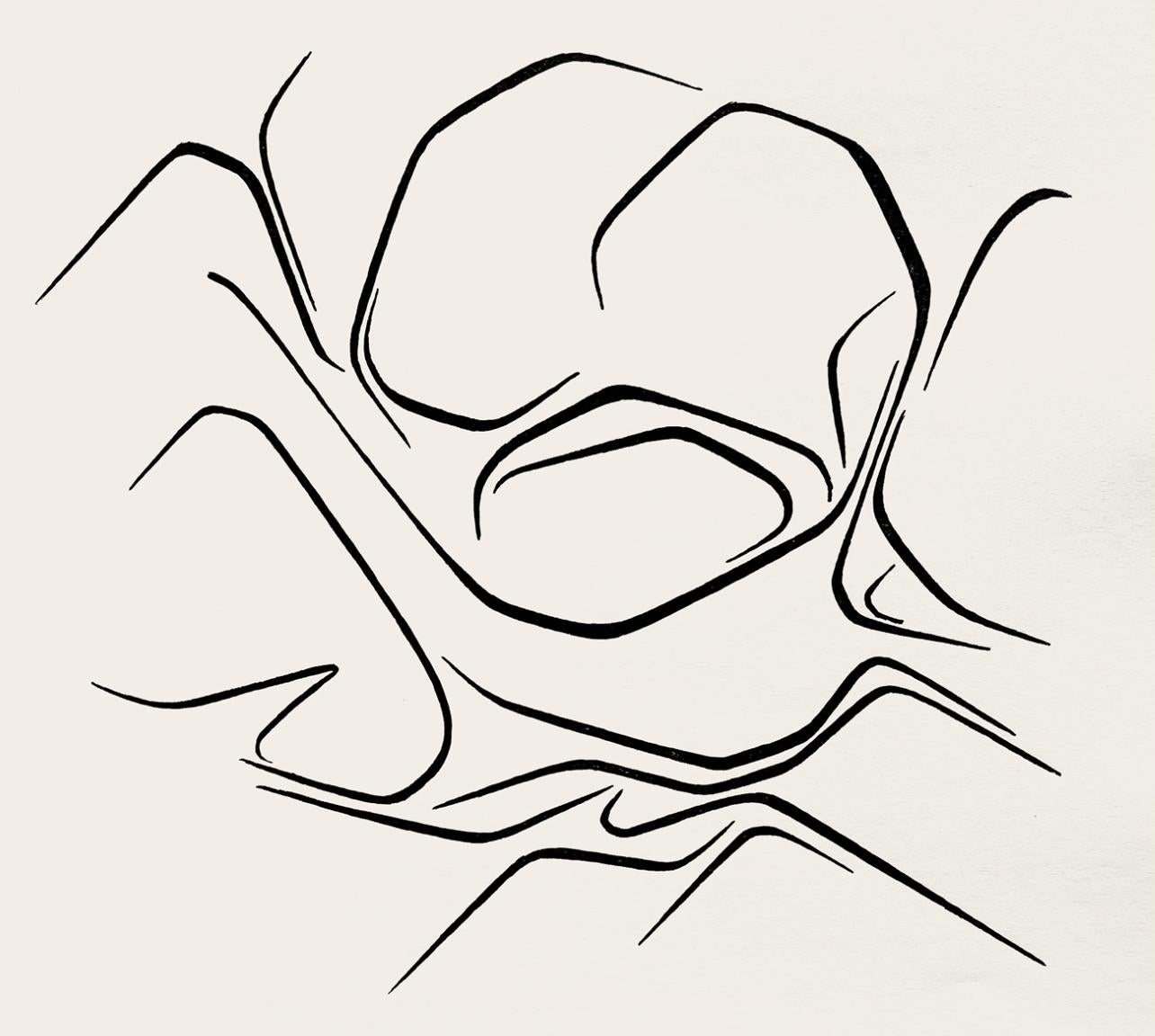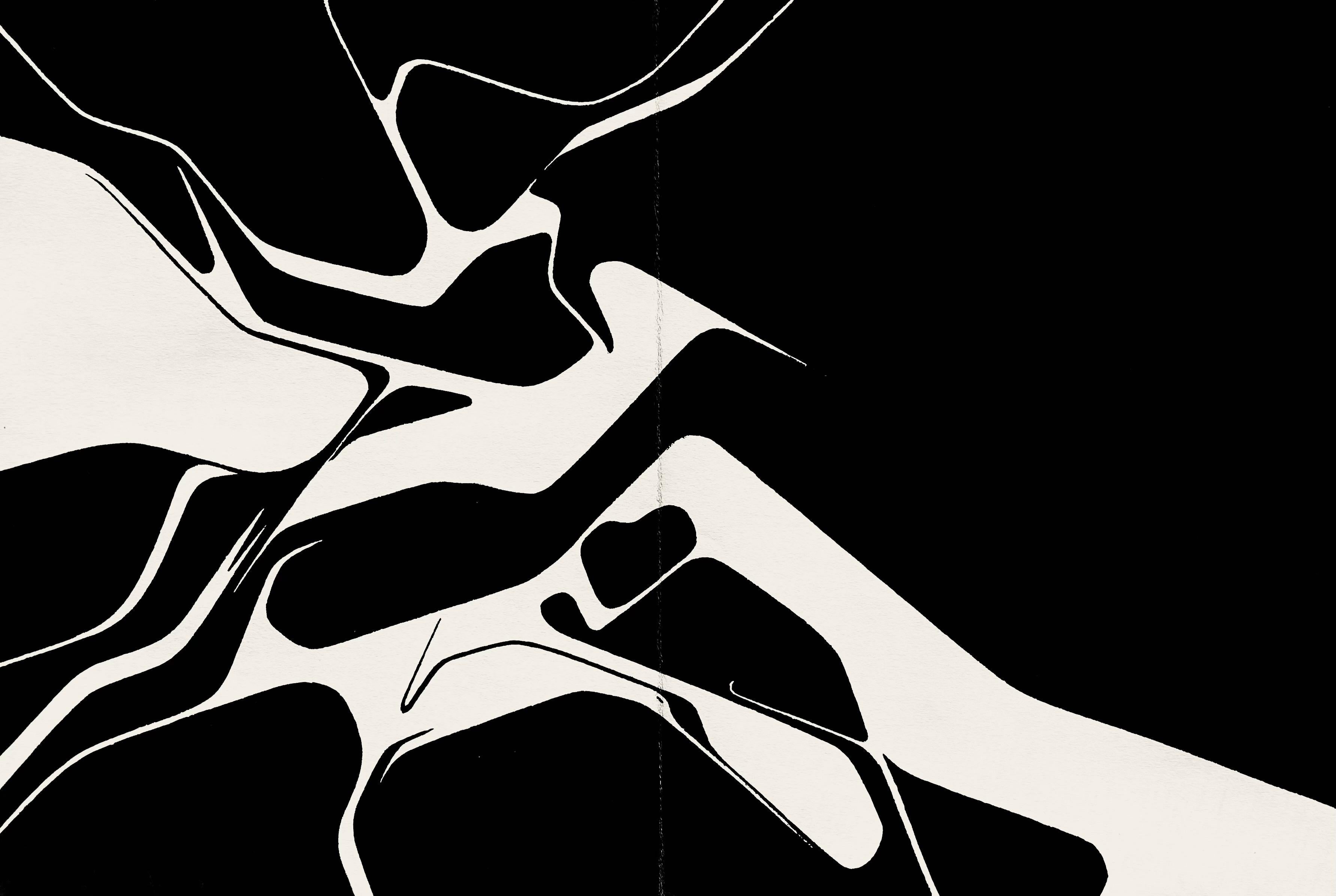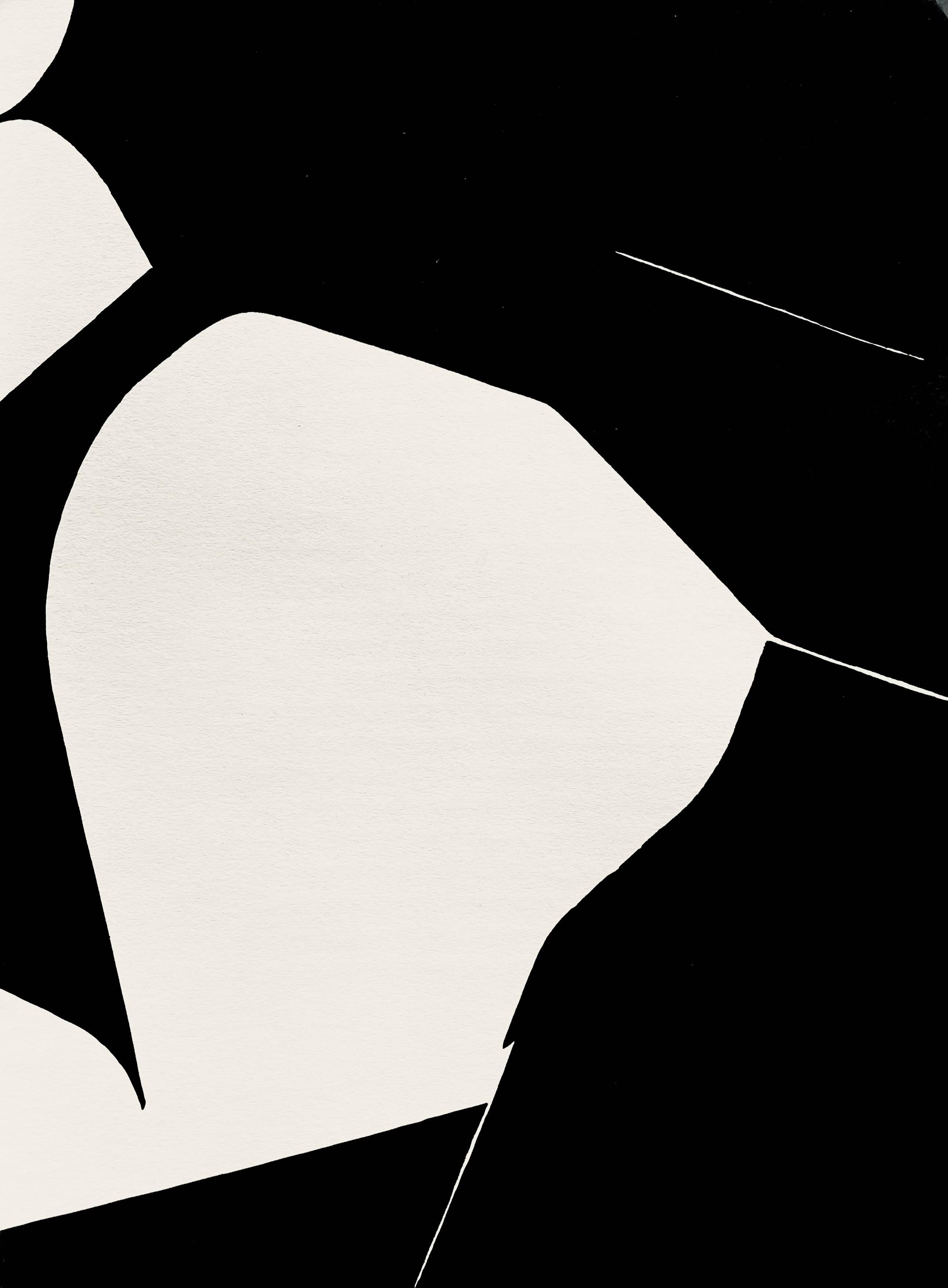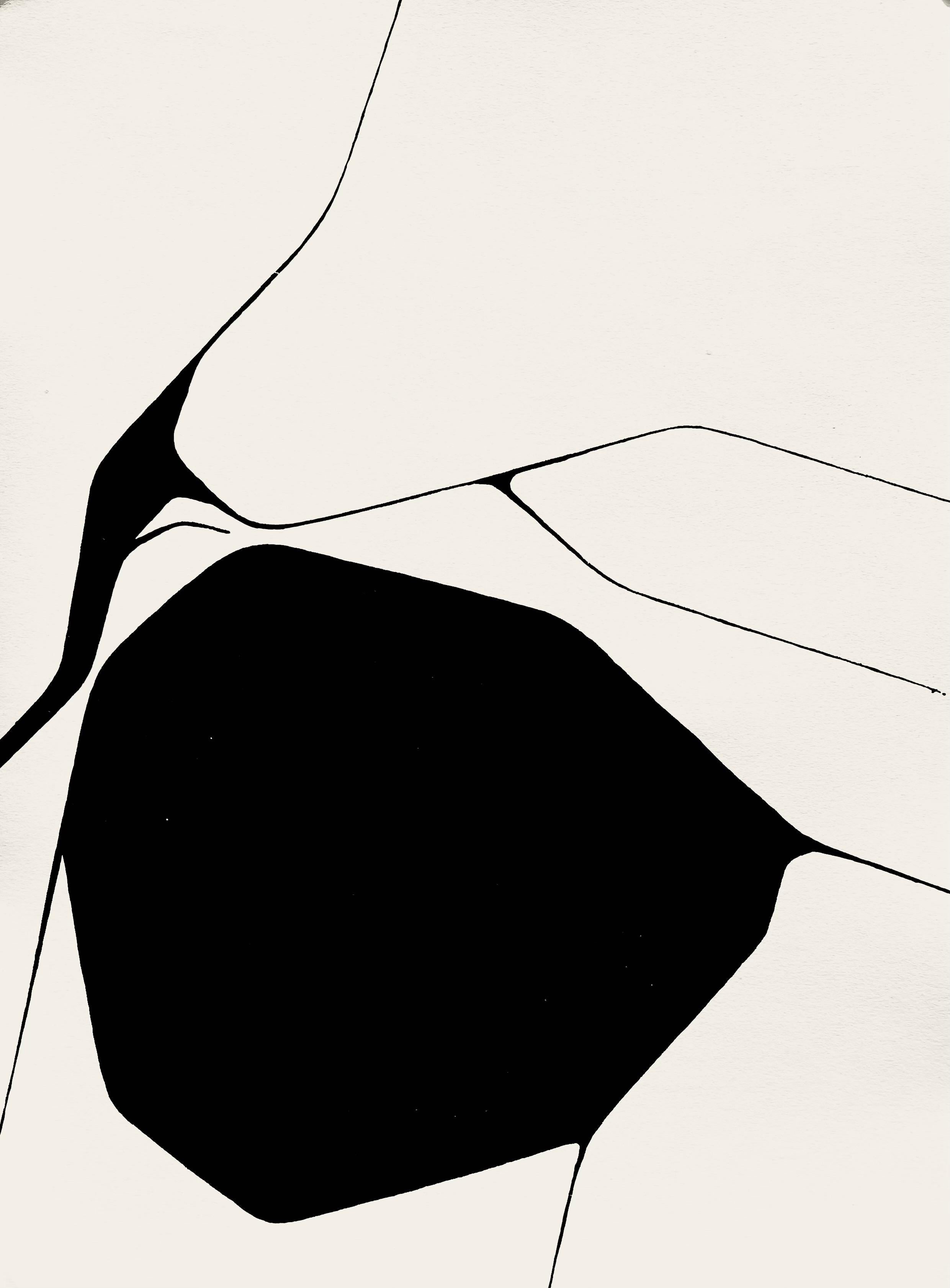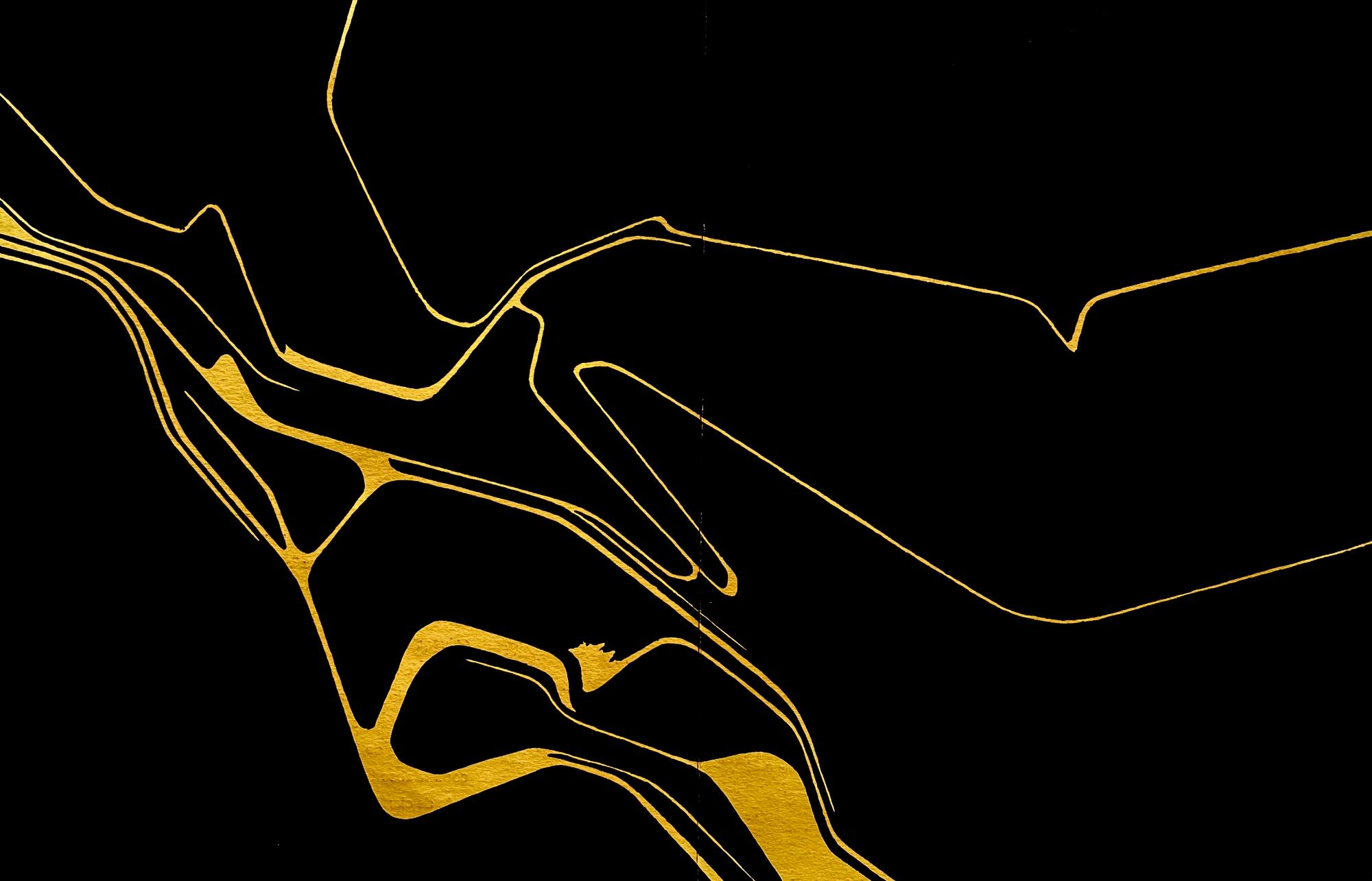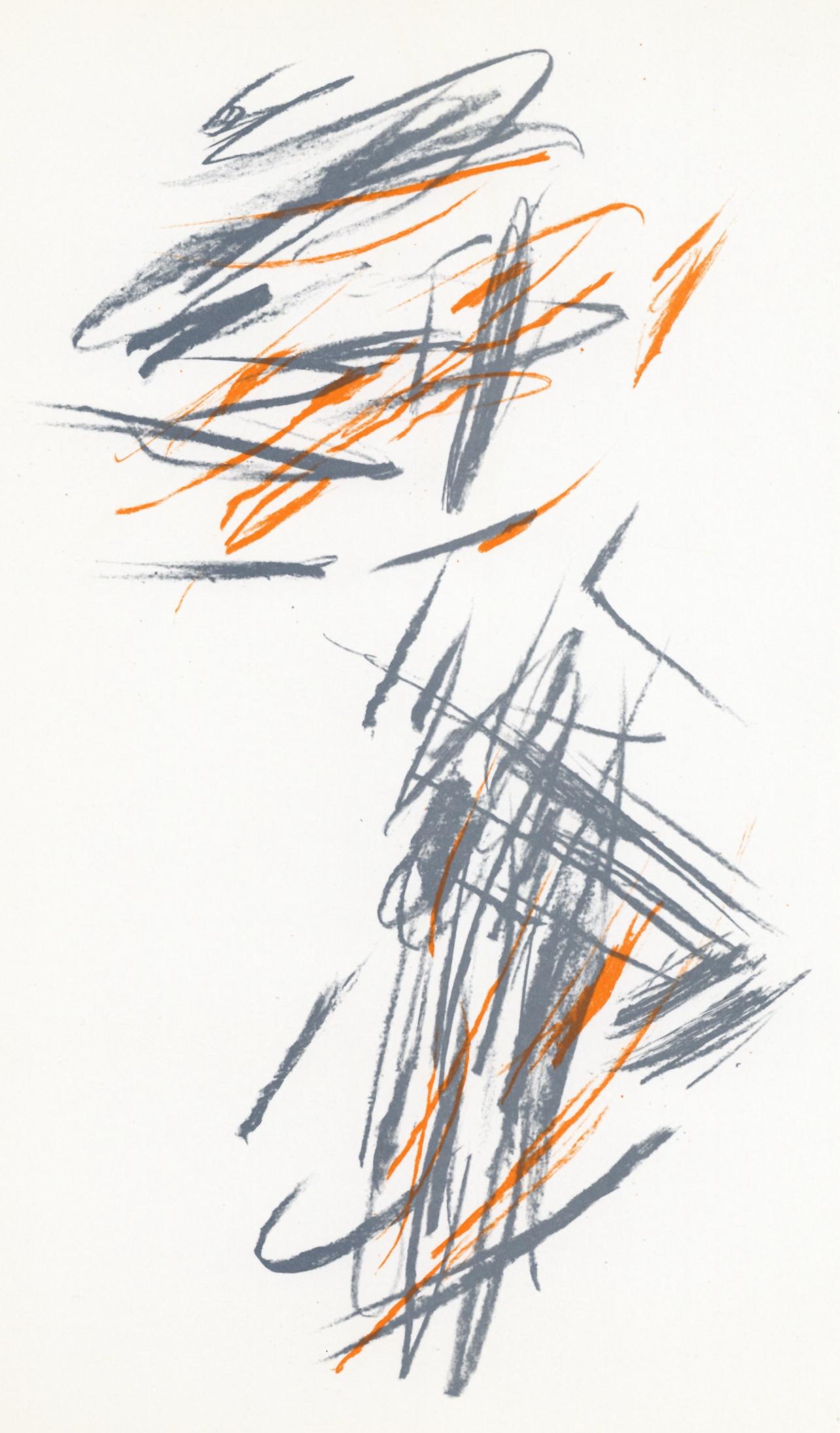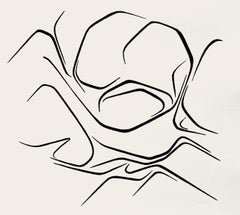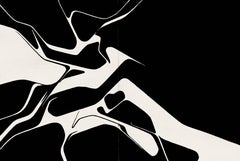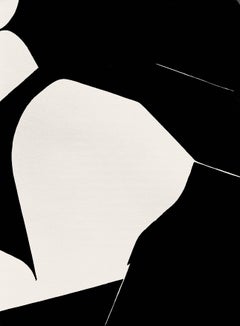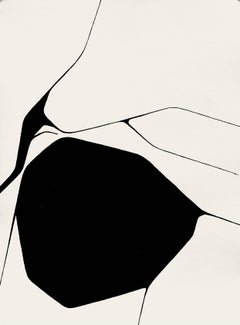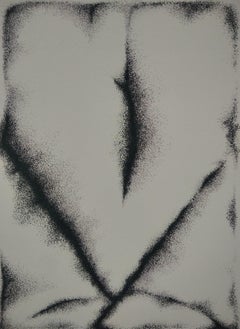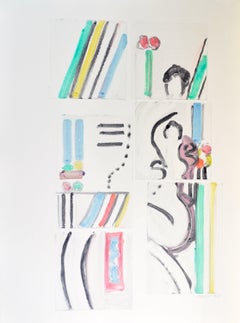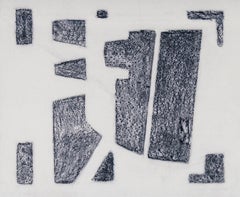Items Similar to Palazuelo, Composition, Derrière le miroir (after)
Want more images or videos?
Request additional images or videos from the seller
1 of 10
Palazuelo, Composition, Derrière le miroir (after)1963
1963
$716
$89520% Off
£541.98
£677.4820% Off
€621.65
€777.0720% Off
CA$1,006.42
CA$1,258.0220% Off
A$1,107.55
A$1,384.4420% Off
CHF 580.79
CHF 725.9820% Off
MX$13,441.17
MX$16,801.4720% Off
NOK 7,259.75
NOK 9,074.6820% Off
SEK 6,872.97
SEK 8,591.2120% Off
DKK 4,640.96
DKK 5,801.2120% Off
About the Item
Lithograph on vélin paper. Inscription: Unsigned and unnumbered, as issued. Good condition. Notes: From Derrière le miroir, Hommage à Aimé et Marguerite Maeght, N° 137, 1963. Published by Aimé Maeght, Éditeur, Paris; printed by Éditions Pierre à Feu, Galerie Maeght, Paris. Excerpted from a Christie’s, New York lot essay, The life span of Derrière le Miroir was thirty-five years. Publication began in 1946. Aimé Maeght, initiator of Derrière le Miroir, had already made few attempts to start publications illustrated with fine printed lithographs in colours in the years prior to the launch of Derrière le Miroir. The name, Derrière le Miroir was suggested by Jacques Kober, manager of Galerie Maeght. The gallery had opened in 1945; the first number of Derrière le Miroir was released a year later. For this first issue Geer van Velde was invited to create lithographs to illustrate the publication. The lithographs in the first issue was printed by Mourlot, Paris. The first three issues of Derrière le Miroir were unsuccessful for Maeght as far as the edition size—the initial print-runs were far too large. From 30,000 for the first issue, the number was taken down to 10,000 for numbers two and three, until Derrière le Miroir number four was published in an edition of 1500. Maeght instituted a policy whereby unsold issues were recycled and used for the fabrication of new paper for the coming editions—this served to both conserve resources and also usually result in ultimate edition sizes far less than 1,500. With number four, the permanent format for Derrière le Miroir was established. Lithographs in colours were key; text was limited to comments on the featuring artist's exhibition taking place in the Galerie Maeght, and this catalogue format was defining to Derrière le Miroir. Galerie Maeght took on the leading role in Paris and presented all main artists including Braque, Matisse, Chagall, Léger, Bonnard, Chillida and many more. So too did Derrière le Miroir. The idea of a magazine was meanwhile still on the mind of Aimé Maeght. He found an insert as a solution. Two, and later four, pages of art review were inserted from 1952 onwards. In 1968 this find had ripened to independency and the dream of Aimé Maeght was now a tangible fact named l'Art vivant. Derrière le Miroir was on it's own again. Over 250 issues in a row. At that point publisher Aimé Maeght wished to make a mark with the publication of an hommage to all who once contributed to the magazine which came in the form of issue number 250, but was delayed by the death of Aimé Maeght. It was published after number 253 in 1982 and became a tribute to Aimé and Marguérite Maeght and 35 years of friendship with artists and poets. The era of Derrière le Miroir was closed with that final publication.
PABLO PALAZUELO (1915-2007) was born in Madrid. When he was just ten years old, a portrait painter created a pastel depicting him with his sister, making a great impression on him and instilling a strong interest in drawing and painting. Palazuelo began studying architecture in Madrid in 1932 and later at the School of Arts and Crafts, Oxford, England (1934–36). While there he became familiar with the Tecton group of architects (1932–48) and the work of artists such as Jacob Epstein and Duncan Grant. He took the Intermediate Exams of the Royal Institute of British Architects before the Spanish Civil War began in 1936, and he returned to serve as a pilot in the Spanish army. Palazuelo decided not to return to England and began to devote much time to painting, exhibiting at the Galería Buchholz, Madrid, in 1945 alongside members of the young Madrid School. In 1946 or 1947 he became enamored with Paul Klee’s work, specifically his interest in geometry and abstract geometric forms found in nature. Juan Gris, Pablo Picasso, and Daniel Vázquez Díaz, who was Palazuelo’s painting instructor in the late 1940s, also influenced his early abstracted still lifes. However, by 1948, Palazuelo had eliminated all figuration in his paintings, pursuing purely abstract forms. He exhibited his first abstract work in the inaugural Salon de Mai, Paris, in 1949. In 1948, aided by a French government grant, he had moved to Paris, where he would remain until 1969, coming into contact with artists associated with Galerie Maeght, where he had his first solo exhibition in 1955 and continued to exhibit until the 1980s. His 1950s work delved deeper into abstract form, as he explored Arabic and Eastern thought, particularly the musical rhythms of Islamic art, infinity, and the notion of the “active imagination.” In 1953–54, he participated in Younger European Painters: A Selection at the Guggenheim Museum. Between 1954, with his first sculpture in melted bronze, Ascendant, and 1962, he gradually began creating work in three dimensions, and in the 1970s working specifically with open and closed polygonal shapes. In 1969 he returned to Spain and settled in his family’s home close to San Lorenzo de El Escorial. He developed his foundational themes of inner conscience, imagination, and transmutation in public works such as Lauda II for Madrid’s Barajas Airport, and his mural for the foyer of the Picasso Tower, Madrid, in 1990. Palazuelo participated in the Pittsburgh International (now Carnegie International, 1955), as well as exhibitions at Galería Juana Mordó, Madrid (his first Spanish exhibition, 1964), and Musée des beaux-arts, Chaux-de-Fonds, Switzerland (1970). The Museo nacional centro de arte Reina Sofía, Madrid, presented a major retrospective of his work (1995) with a further expansion of the show a decade later. The most recent Palazuelo retrospective was co-organized by Museu d’art contemporani de Barcelona in conjunction with the Guggenheim Museum Bilbao (2005–06). He received numerous awards, including the Kandinsky Prize (1952); Carnegie Prize from Carnegie Museum of Art, Pittsburgh (1958); and the Medalla de Oro al Mérito en las Bellas Artes, awarded by the Spanish Ministry of Culture (1982). Palazuelo died on October 3, 2007.
- Creation Year:1963
- Dimensions:Height: 15 in (38.1 cm)Width: 11 in (27.94 cm)
- Medium:
- Movement & Style:
- After:Pablo Palazuelo (1915 - 2007, Spanish)
- Period:
- Condition:
- Gallery Location:Southampton, NY
- Reference Number:1stDibs: LU1465215171112
About the Seller
4.9
Platinum Seller
Premium sellers with a 4.7+ rating and 24-hour response times
Established in 1978
1stDibs seller since 2021
1,189 sales on 1stDibs
Typical response time: <1 hour
- ShippingRetrieving quote...Shipping from: Southampton, NY
- Return Policy
Authenticity Guarantee
In the unlikely event there’s an issue with an item’s authenticity, contact us within 1 year for a full refund. DetailsMoney-Back Guarantee
If your item is not as described, is damaged in transit, or does not arrive, contact us within 7 days for a full refund. Details24-Hour Cancellation
You have a 24-hour grace period in which to reconsider your purchase, with no questions asked.Vetted Professional Sellers
Our world-class sellers must adhere to strict standards for service and quality, maintaining the integrity of our listings.Price-Match Guarantee
If you find that a seller listed the same item for a lower price elsewhere, we’ll match it.Trusted Global Delivery
Our best-in-class carrier network provides specialized shipping options worldwide, including custom delivery.More From This Seller
View AllPalazuelo, Composition, Derrière le miroir (after)
By Pablo Palazuelo
Located in Southampton, NY
Lithograph on vélin paper. Inscription: Unsigned and unnumbered, as issued. Good condition. Notes: From Derrière le miroir, Hommage à Aimé et Marguerite Maeght, N° 137, 1963. Publish...
Category
1960s Modern Abstract Prints
Materials
Lithograph
Palazuelo, Composition, Derrière le miroir (after)
By Pablo Palazuelo
Located in Southampton, NY
Lithograph on vélin paper. Inscription: Unsigned and unnumbered, as issued. Good condition, with centerfold, as issued. Notes: From Derrière le miroir, Hommage à Aimé et Marguerite M...
Category
1960s Modern Abstract Prints
Materials
Lithograph
Palazuelo, Composition, Derrière le miroir (after)
By Pablo Palazuelo
Located in Southampton, NY
Lithograph on vélin paper. Inscription: Unsigned and unnumbered, as issued. Good condition. Notes: From Derrière le miroir, Hommage à Aimé et Marguerite Maeght, N° 137, 1963. Publish...
Category
1960s Modern Abstract Prints
Materials
Lithograph
Palazuelo, Composition, Derrière le miroir (after)
By Pablo Palazuelo
Located in Southampton, NY
Lithograph on vélin paper. Inscription: Unsigned and unnumbered, as issued. Good condition. Notes: From Derrière le miroir, Hommage à Aimé et Marguerite Maeght, N° 137, 1963. Publish...
Category
1960s Modern Abstract Prints
Materials
Lithograph
Palazuelo, Composition, Derrière le miroir (after)
By Pablo Palazuelo
Located in Southampton, NY
Lithograph on vélin paper. Inscription: Unsigned and unnumbered, as issued. Good condition, with centerfold, as issued. Notes: From Derrière le miroir, Hommage à Aimé et Marguerite M...
Category
1960s Modern Abstract Prints
Materials
Lithograph
Bazaine, Composition, Derrière le miroir (after)
By Jean Bazaine
Located in Southampton, NY
Lithograph on vélin paper. Inscription: Unsigned and unnumbered, as issued. Good condition. Notes: From Derrière le miroir, N° 197, 1972. Published by Aimé Maeght, Éditeur, Paris; pr...
Category
1970s Modern Abstract Prints
Materials
Lithograph
You May Also Like
Untitled
Located in Barcelona, BARCELONA
The painting is being offered with a work and authenticity certificate
Category
1970s Abstract Abstract Prints
Materials
Lithograph
II from Plazas in Transition: Foundations of Fragmented Perspectives
By Barry Le Va
Located in Long Island City, NY
Artist: Barry Le Va, American (b. 1941)
Title: II from Plazas in Transition: Foundations of Fragmented Perspectives
Year: 1981
Medium: Etching with Aquatint on grey BFK Rives, sig...
Category
1980s Conceptual Abstract Prints
Materials
Etching, Aquatint
Untitled
Located in Nuevo Leon, MX
Obra sobre papel
Category
Mid-20th Century Abstract Prints
$500
Styroglyph
Located in New York, NY
Styroglyph
1999
Signed, titled, and numbered in pencil, recto
Iris print (Edition of 100)
22 x 30 inches (55.9 x 76.2 cm), sheet
11.75 x 14 inches (29.8 x 35.6 cm), image
This wo...
Category
1990s Contemporary Prints and Multiples
Materials
Digital
Figure Miroir
Located in San Francisco, CA
This artwork titled "Figure Miroir" c.1980 is an original lithograph on Arches paper by noted French abstract expressionist artist Francois Rouan, b.194...
Category
Late 20th Century Abstract Expressionist Abstract Prints
Materials
Lithograph
Derriere le Miroir Issue 242
By Eduardo Chillida
Located in Brooklyn, NY
Derrière Le Miroir (DLM) issue no. 242, designed by Eduardo Chillida in 1980, is a visually captivating publication. This issue contains 5 full-page designs printed on vellum, along ...
Category
1980s Abstract Abstract Prints
Materials
Lithograph
$140 Sale Price
20% Off
More Ways To Browse
Retro Islamic Art
Dabs Myla
Donald Sultan Blue Flowers
Ellsworth Kelly Squares
Flou Bed
Galerie Adrien Maeght
Galerie Louis Leiris
Georges Braque Galerie Maeght
Georges Vantongerloo
Grateful Dead Posters
Green Woodblock Print
Herbert Brandl
Hirst Land Sea
James Guitet
Jean Signovert
Joan Miro Lune
Joan Miro Signed Aquatint
Josef Albers Poster
